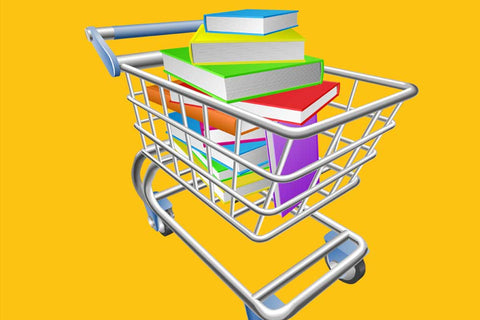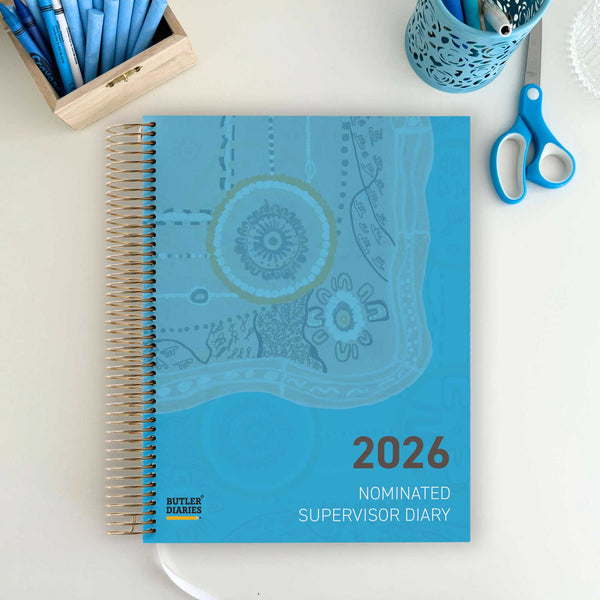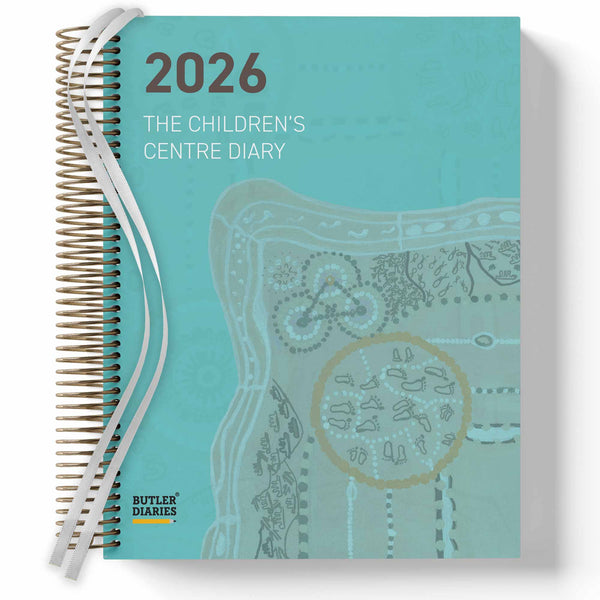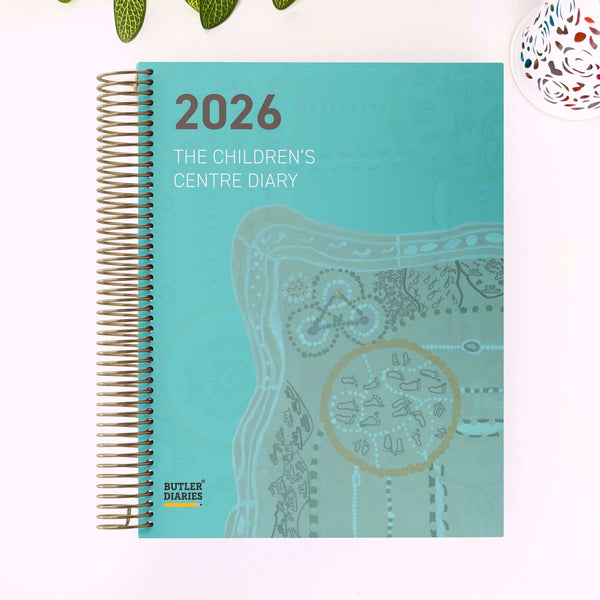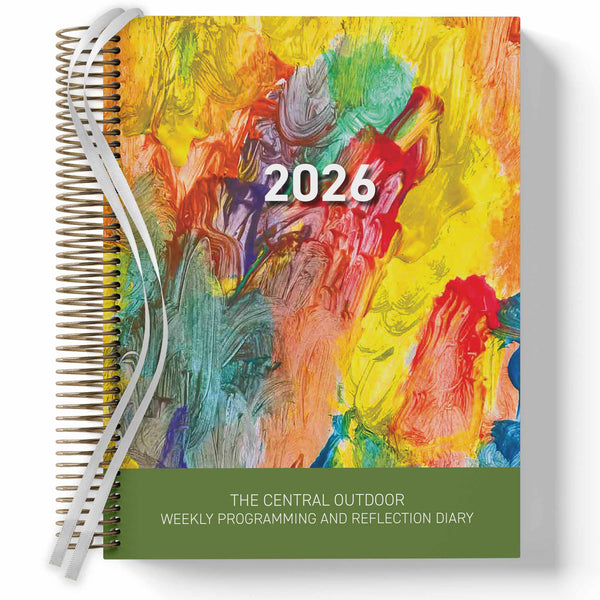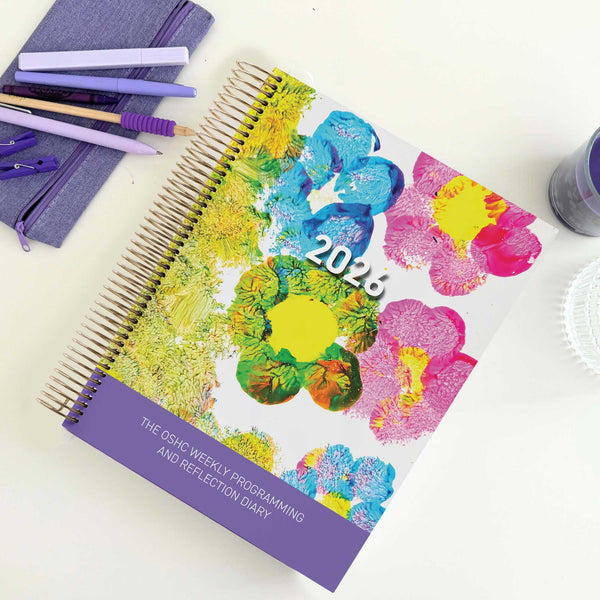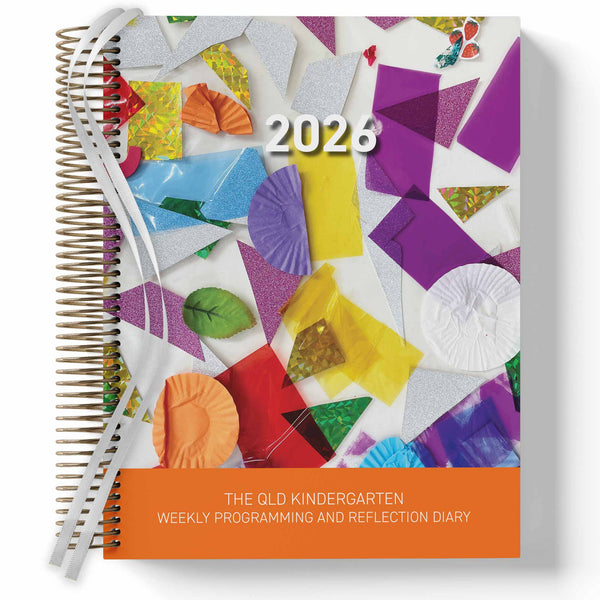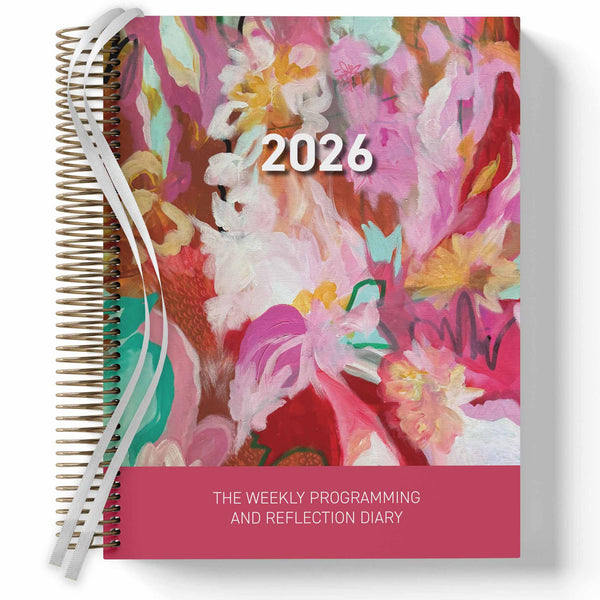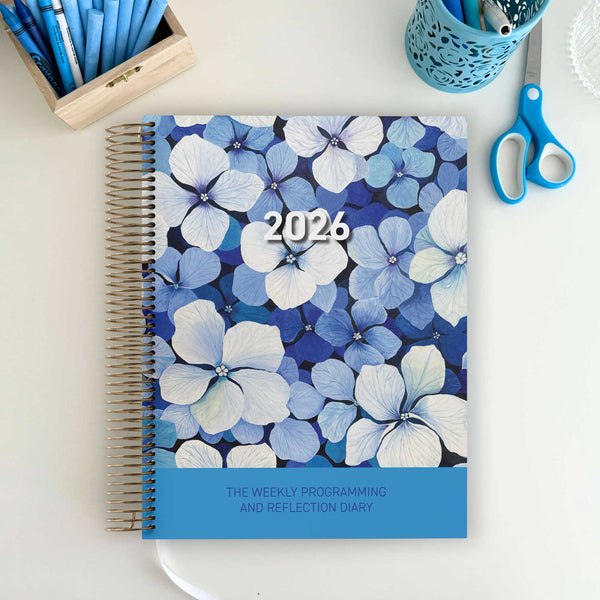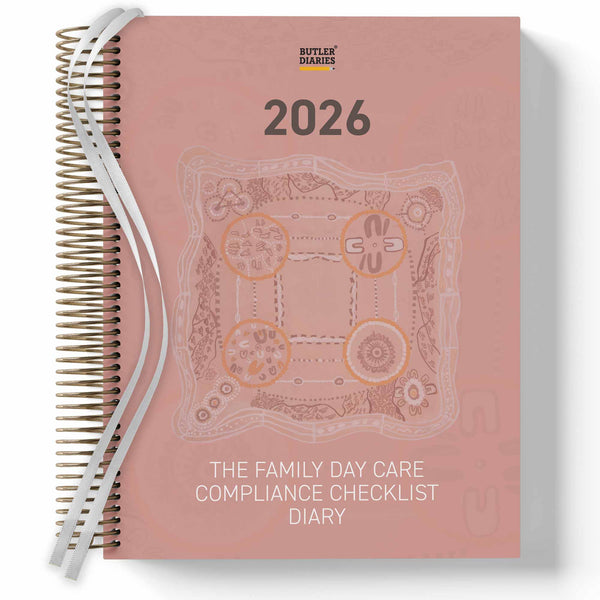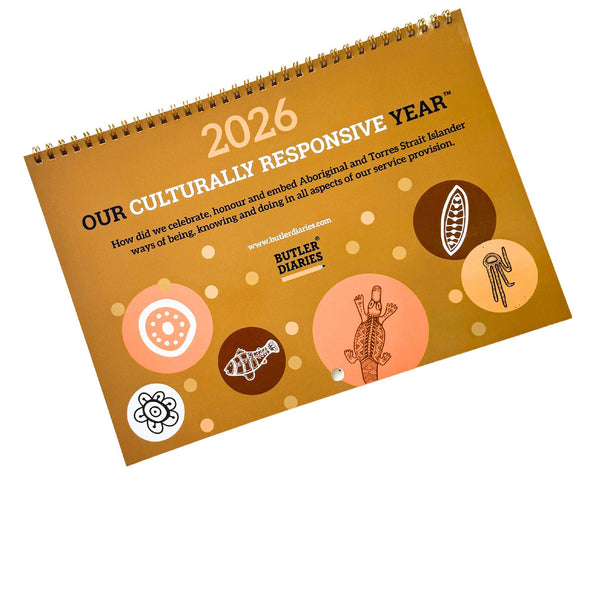Community involvement is a key part of fostering a strong sense of belonging and identity in Early Childhood Education and Care (ECEC). While excursions and off-site visits are great, there are many ways to connect with your local community without leaving your service. Here’s a list of creative, simple, and effective community engagement ideas that can be done right within your early learning setting.
1. Invite Local Professionals for Guest Visits
Invite professionals from the community, such as police officers, firefighters, nurses, or farmers, to come and speak with the children. These visits offer great opportunities for children to learn about different professions and how they contribute to the community. The children can ask questions, explore tools used in these jobs, and even dress up like the visitors.
Learning Outcome (EYLF): This links to Outcome 2 – Children are connected with and contribute to their world, as children gain insights into the roles and responsibilities of people in their community.
2. Community Art Displays
Collaborate with local artists or schools to create a community art project. Have the children contribute their artwork, and then invite members of the community, such as parents, families, and local artists, to view the display at your service. This fosters pride and a sense of belonging within the community.
Learning Outcome (EYLF): This aligns with Outcome 4 – Children are confident and involved learners, as they explore creativity and artistic expression while contributing to a community initiative.

3. Pen Pal Programs with Elderly Care Homes, Kindy or Schools
Establish a pen pal program with a local elderly care facility, kindy or school. Children can send drawings, letters, and crafts and receive letters back. This exchange builds connections across generations and enhances empathy and communication skills. You could even set up video calls or organise a virtual sing-along.
Learning Outcome (EYLF): This supports Outcome 1 – Children have a strong sense of identity, as they build relationships with people beyond their immediate circle.
4. Community Garden Projects
If your service has a garden, consider collaborating with local gardening clubs or schools to create a community garden project. Families can donate plants, seeds, or gardening tools, and children can learn from community volunteers who share their gardening expertise.
Learning Outcome (EYLF): Linked to Outcome 2 – Children become socially responsible and show respect for the environment, as they care for plants and learn sustainable gardening practices.
This is a great experience for your Sustainable Year Wall Calendar!
5. Supporting Local Causes with a Donation Drive
Host a donation drive within your service. Work with local charities, such as food banks or animal shelters, and invite families to donate items. The children can be involved in sorting and packing the donations, helping them understand the importance of generosity and community support.
Learning Outcome (EYLF): This promotes Outcome 2 – Children are connected with and contribute to their world, by helping children understand social responsibility.

6. Cultural Days with Family and Community Members
Invite family members or community members to share their cultural traditions, foods, and celebrations with the children. This could include storytelling, cooking demonstrations, music performances, or art workshops. It’s a wonderful way to promote inclusivity and respect for diverse cultures within the community.
Learning Outcome (EYLF): This supports Outcome 3 – Children have a strong sense of wellbeing, by promoting a sense of belonging and respect for diversity.
This is a great experience for your Culturally Responsive Year Wall Calendar!
7. Local Business Partnerships
Form partnerships with local businesses for learning experiences. For example, local bakers might demonstrate bread-making or a florist could show how they arrange flowers. These visits expose children to new experiences and demonstrate how different businesses contribute to the community.
Learning Outcome (EYLF): Linked to Outcome 2 – Children are connected with and contribute to their world, as they explore how community businesses function.
8. Virtual Tours of Community Spaces
Organise virtual tours of local libraries, museums, or farms. With the help of technology, children can experience these community spaces without leaving the service. You can arrange live virtual tours with staff who will explain the purpose of these places and answer the children’s questions.
Learning Outcome (EYLF): This connects with Outcome 5 – Children are effective communicators, by using digital technologies to explore their community.
9. Host a Community Celebration
Plan a community-themed event at your service, like a fair or festival that celebrates local culture, history, or significant community events. Include games, music, and activities that engage the children and their families, and invite local performers or cultural groups to participate.
Learning Outcome (EYLF): Aligned with Outcome 1 – Children feel safe, secure, and supported, as they connect with their community in a celebratory and fun environment.

10. Partner with a Local Environmental Group
Invite a local environmental organisation to help with activities such as a recycling program, planting native trees or shrubs, or learning about wildlife in the local area. These activities deepen the children’s understanding of sustainability and environmental care.
Learning Outcome (EYLF): This links to Outcome 2 – Children become socially responsible and show respect for the environment, through engaging with sustainability initiatives.
This is a great experience for your Sustainable Year Wall Calendar!
11. Local Heroes Day
Create a “Local Heroes Day” where you celebrate important people in the community, such as teachers, healthcare workers, and volunteers. Have children make thank-you cards, create posters, or even bake treats to be delivered to these community members. This is a great way to highlight the roles that different people play in making the community a better place.
Learning Outcome (EYLF): Linked to Outcome 2 – Children become aware of fairness, as they recognise and appreciate the contributions of others.
12. Adopt a Local Landmark
“Adopt” a local landmark or community space (e.g., a park or a beach) symbolically. Children can learn about its history, draw pictures, and discuss how the space is used by the community. If possible, you can involve families by encouraging them to visit these places during weekends or holidays and bring back stories or photos to share.
Learning Outcome (EYLF): This aligns with Outcome 4 – Children resource their own learning through connecting with places in their community, developing a sense of ownership and pride.
13. Local Musicians Performance
Invite local musicians or performers to your service to give a small concert or demonstration for the children. They can introduce different musical instruments or types of music that are important to your local culture. This promotes a love for the arts and shows children the talent present in their community.
Learning Outcome (EYLF): This supports Outcome 5 – Children engage with a range of texts and gain meaning from them, as they explore the language of music and performance.
14. Community Story Time
Partner with local libraries or bookshops to organise a community story time. Invite community members such as authors, librarians, or even local business owners to come and read stories to the children. This helps foster a love of reading and builds connections with local literary resources.
Learning Outcome (EYLF): Linked to Outcome 5 – Children are effective communicators, as they engage with literacy in an interactive way.

15. Emergency Preparedness Workshop
Invite emergency service workers (such as the SES or fire brigade) to conduct an emergency preparedness workshop. They can talk to the children about safety and show them how they help the community during emergencies. Children can learn basic safety tips in a fun, non-frightening way.
Learning Outcome (EYLF): This links to Outcome 3 – Children have a strong sense of wellbeing, as they develop awareness of how to keep themselves and others safe.
16. Collaborative Storytelling with Families
Invite families to participate in creating a community storybook. Each family contributes a page, drawing, or story that reflects their experience of the local community. Once compiled, this book becomes a keepsake for the service and a symbol of the diverse family histories and experiences.
Learning Outcome (EYLF): Aligned with Outcome 1 – Children develop a strong sense of identity, as they connect personal and family stories to their broader community.
17. Host a Community Talent Show
Organise a talent show where families and community members can showcase their skills and hobbies – whether it's dancing, singing, crafting, or storytelling. The children can also participate by sharing their talents. This is a fun way to celebrate the diversity of talents within your community.
Learning Outcome (EYLF): This supports Outcome 1 – Children develop knowledgeable and confident self-identities, as they feel pride in sharing their abilities with the community.
18. Caring for Community Animals
Partner with local animal shelters or rescue groups to invite animals for a visit (where safe and appropriate). The children can help prepare care packages with blankets or food for the animals. This teaches responsibility and care for other living beings. You may even be able to foster one until it finds its forever home.
Learning Outcome (EYLF): This aligns with Outcome 2 – Children become socially responsible and show respect for the environment, as they learn about animal welfare and kindness.

19. Create a Community Mural
Design a community-themed mural at your service, with input from the children, families, and local artists. The mural could reflect the history or landscape of your local area or simply celebrate community life. You can hold a special event to unveil the mural and invite local residents to celebrate.
Learning Outcome (EYLF): Linked to Outcome 4 – Children are confident and involved learners, as they work collaboratively on a long-term creative project.
20. Virtual Career Day
Host a virtual career day where parents and other community members can join via video conferencing to talk about their jobs. This gives children the chance to learn about different professions without the need for face-to-face visits. You can make it interactive with Q&A sessions.
Learning Outcome (EYLF): This supports Outcome 5 – Children interact verbally and non-verbally with others for a range of purposes, as they communicate with community members in a structured format.
21. Adopt a Tree Program
Work with a local environmental group to adopt a tree. The children can care for the tree by watering it and watching it grow, perhaps even visiting it outside of the service with their families. This activity promotes environmental stewardship and connects children to the natural world around them.
Learning Outcome (EYLF): Linked to Outcome 2 – Children are connected with and contribute to their world, through their participation in environmental sustainability efforts.
This is a great experience for your Sustainable Year Wall Calendar!
22. Parent and Community Skill-Sharing Workshops
Invite parents and community members to run small workshops that teach the children simple, practical skills, such as sewing, knitting, woodworking, or baking. Not only does this involve families, but it also introduces the children to new skills that may not be part of their everyday experiences.
Learning Outcome (EYLF): This aligns with Outcome 4 – Children develop dispositions for learning such as curiosity, cooperation, confidence, and creativity, as they learn new skills in a collaborative environment.
23. Fundraising for a Local Cause
Organise a fundraising activity for a local charity or cause that resonates with the community. Children can participate by creating art to sell or helping in small ways, and families can be invited to contribute as well. This fosters a sense of giving and solidarity with the community.
Learning Outcome (EYLF): This supports Outcome 2 – Children become aware of fairness, as they engage in helping others and understanding social equity.
24. Cultural Cooking Days
Invite family members from different cultural backgrounds to share traditional recipes and cook them with the children. These cooking days can introduce children to diverse foods and ways of eating, all while celebrating the cultures represented in your community.
Learning Outcome (EYLF): This supports Outcome 3 – Children take increasing responsibility for their own health and physical wellbeing, as they engage with nutritious foods from around the world.

This is a great experience for your Culturally Responsive Year Wall Calendar!
25. Local Historical Storytelling
Invite a local historian or elder to share stories of the community’s past. This can be a wonderful way to connect children to the history of their local area, and to build an understanding of how their community has developed over time.
Learning Outcome (EYLF): This supports Outcome 2 – Children are connected with and contribute to their world, by developing an understanding of their place in history.
This is a great experience for your Culturally Responsive Year Wall Calendar!
26. Collaborative Quilt Project
Organise a quilt-making project where each child creates a fabric square with the help of their family. These squares can be sewn together by a local quilting group or skilled parents to form a community quilt. The finished product can be displayed in your service as a reminder of the unity and creativity within the community.
Learning Outcome (EYLF): Linked to Outcome 1 – Children develop knowledgeable and confident self-identities, as they contribute to a shared project that showcases individual and family expression.
27. Handmade Gifts for Local Services
Have children create handmade gifts, such as painted rocks, cards, or bookmarks, and distribute them to local services like libraries, post offices, or community centres. The children learn the value of giving back, and these small gestures can brighten someone’s day.
Learning Outcome (EYLF): This supports Outcome 2 – Children become aware of fairness, by contributing positively to the community and sharing kindness with others.
28. Create a Nature Photo Exhibit
Ask families to contribute nature photos from their local surroundings, such as parks, beaches, or backyards. Use these photos to create a nature exhibit within your service. This activity connects children to the natural beauty of their community and opens discussions about the environment and sustainability.
Learning Outcome (EYLF): Linked to Outcome 2 – Children become socially responsible and show respect for the environment, as they explore the connection between nature and their local community.
This is a great experience for your Sustainable Year Wall Calendar!
29. Local Chef Cooking Demonstration
Invite a local chef to demonstrate how to make a simple, healthy dish that the children can help prepare. Not only does this introduce children to nutritious eating habits, but it also fosters a relationship between local food businesses and your service.
Learning Outcome (EYLF): This supports Outcome 3 – Children take increasing responsibility for their own health and wellbeing, as they engage in the preparation of nutritious meals.
30. Community Flag Creation
Work together to design and create a flag that represents the values, diversity, and spirit of your early learning service and the surrounding community. This can involve children, families, and local artists, with everyone contributing ideas for the design.
Learning Outcome (EYLF): Linked to Outcome 4 – Children develop a range of skills and processes such as problem-solving, experimentation, and investigation, as they collaborate on creating a meaningful community symbol.

This is a great experience for your Culturally Responsive Year Wall Calendar!
31. Book Drive for Local Schools
Host a book drive where families can donate new or gently used children’s books. These books can then be delivered to local schools or community libraries. The children can assist with sorting and organising the donations, which teaches the importance of literacy and sharing resources.
Learning Outcome (EYLF): Aligned with Outcome 2 – Children are connected with and contribute to their world, by helping provide resources for other children in the community.
32. Virtual Grandparents' Day
Organise a virtual Grandparents’ Day, where children’s grandparents or elderly community members join via video call to share stories or songs, or even teach a simple craft or activity. This helps bridge generational gaps and strengthens connections with the older members of the community.
Learning Outcome (EYLF): Linked to Outcome 1 – Children have a strong sense of identity, as they engage with older community members and learn from their experiences.
33. Community Science Fair
Host a mini science fair within your service, inviting local high school students, university students, or community members with a science background to demonstrate simple experiments. This promotes curiosity and interest in STEM (science, technology, engineering, and mathematics) and showcases the scientific talents in your local area.
Learning Outcome (EYLF): Aligned with Outcome 4 – Children are confident and involved learners, as they engage with scientific exploration and experimentation.
34. Cultural Dress-Up Days
Host a series of cultural dress-up days where families and community members are invited to share their traditional attire, music, and stories. Children can dress up in clothing that represents their own cultural heritage or explore different cultures in a fun and inclusive way.
Learning Outcome (EYLF): Linked to Outcome 1 – Children have a strong sense of identity, by celebrating and sharing their cultural heritage within the learning community.
This is a great experience for your Culturally Responsive Year Wall Calendar!
35. Invite a Local Author for a Reading
Invite a local children’s author to visit your service and read one of their books to the children. They can also discuss the process of writing and illustrating a story. This not only promotes literacy but also helps children see the value of creativity in their local community.
Learning Outcome (EYLF): Aligned with Outcome 5 – Children engage with a range of texts and gain meaning from them, fostering a love of reading and storytelling.
Tips for Making Learning Visible
- Record the experiences in your Weekly Programming and Reflection Diaries programming spread and use the EYLF links in this article to link your program with the outcomes in your Diary.
- Record family input in your Weekly Programming and Reflection Diaries reflection spread.
- You can use the monthly programming notes pages in your Weekly Programming and Reflection Diaries to draw mind maps or other creative ways to show the relationships being fostered and connection with the community.
- Use the Sustainable Year Wall Calendar and Culturally Responsive Year Wall Calendar to document experiences. These can be used as a floor book and a great way to return and reflect on the learning over the month. Children and families can also document in the Calendars.
With these 35 community involvement ideas, you can create rich, engaging experiences that connect children to the world outside your service without needing to leave the building. By fostering these connections, you are supporting the children’s learning and development in a way that helps them understand their role within the community and the contributions they can make as active participants in society.

Related Blog Posts
-
Tips for Involving the Community and Building Connections in Your ECEC
-
Engaging Parents in Children's Programs: 10 Strategies for Your Service
-
How Can I Incorporate Cultural Responsiveness Into My Programming?
-
How to Collect Child Input in Early Childhood Education and Care
-
Supporting Families to Understand the Butler Method: Free Parent Information on Butler Diaries
